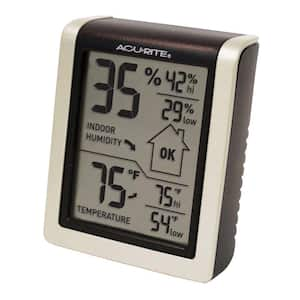imakesawdust
New Member
It is a very long and complicated story but the HVAC contractor for my new home turned out to be less than helpful beyond installing the equipment and walking away. The system consists of a Bosch Geothermal Heat pump, a Honeywell ERV150 ERV, a Honeywell 9R90 wholehouse dehumidifier and a Honeywell Prestige Thermostat (two zone).
During the process I was told that the Prestige would control both the ERV and the Dehumidifier. This turned out to be wrong. After the install started I was told I'd have to pick one to be controlled by the Prestige the other manually. We ended up with the dehumidifier on the thermostat and the ERV on a timer. The house is very tight. The conditioned space is about 53000 cubic ft. Blower door test was .05 ACHN and .82 ACH50. The installer set the ERV to run 4 times a day for 15 minutes each time. Is there any way to tell if this is correct or if I need to change it. The installer says to wait and see how the air "feels" and adjust accordingly. Any suggestions.
Thanks in advance
During the process I was told that the Prestige would control both the ERV and the Dehumidifier. This turned out to be wrong. After the install started I was told I'd have to pick one to be controlled by the Prestige the other manually. We ended up with the dehumidifier on the thermostat and the ERV on a timer. The house is very tight. The conditioned space is about 53000 cubic ft. Blower door test was .05 ACHN and .82 ACH50. The installer set the ERV to run 4 times a day for 15 minutes each time. Is there any way to tell if this is correct or if I need to change it. The installer says to wait and see how the air "feels" and adjust accordingly. Any suggestions.
Thanks in advance

